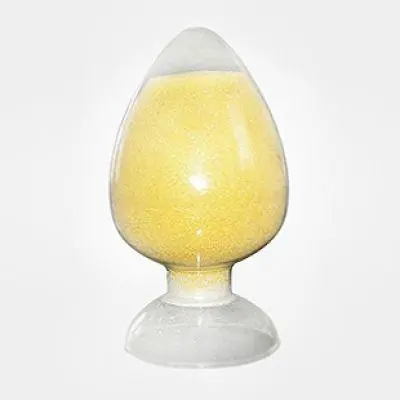Supply Phospholipid Manufacturers,Food Processing Stability
Time:2024-08-16
The stability of phospholipids during food processing is a complex and important issue influenced by various factors, including processing temperature, pH, time, and interactions with other ingredients. Below is a detailed analysis of the stability changes of phospholipids during food processing:
1. Temperature Effects
High-Temperature Stability: Phospholipids generally possess high thermal stability, allowing them to maintain their structure and function under certain high-temperature conditions. However, excessively high temperatures can lead to the oxidation, hydrolysis, or degradation of phospholipids, thereby affecting their stability.
Temperature Control in Processing: Proper control of processing temperature is crucial for maintaining the stability of phospholipids. The appropriate processing temperature range should be determined based on the specific product requirements and the characteristics of the phospholipids used.
2. pH Effects
·pH Stability: Phospholipids can maintain good stability across a wide pH range, but extreme acidic or alkaline conditions may damage their structure and function.
·pH Adjustment: During food processing, the pH value should be adjusted according to the product characteristics and the stability of the phospholipids to avoid degradation or inactivation due to overly acidic or alkaline conditions.
3. Time Effects
·Long-Term Stability: The long-term stability of phospholipids during food processing also deserves attention. Prolonged heating, stirring, or storage may lead to gradual degradation or adverse reactions with other ingredients.
·Processing Time Control: To maintain the stability of phospholipids, processing time must be carefully controlled to avoid negative effects from excessive processing duration.
4. Interactions with Other Ingredients
·Emulsifying Action: Phospholipids are widely used as emulsifiers in food processing, helping to mix water and oil into stable emulsions. However, interactions with other emulsifiers or stabilizers may affect the emulsifying performance and stability of phospholipids.
·Antioxidant Action: Some phospholipids also have antioxidant properties that can slow down the oxidation of fats in food. However, their antioxidant effectiveness may be influenced when coexisting with other antioxidants or pro-oxidants.
5. Effects of Processing Methods
·Physical Processing: Physical processing methods such as stirring and homogenization may impact the stability of phospholipids. Excessive stirring or homogenization can lead to the breaking of emulsions or degradation of phospholipids.
·Chemical Processing: Certain chemical processes, such as acidification or alkalization, may alter the chemical structure of phospholipids, thereby affecting their stability.
6. Storage Conditions
·Temperature and Humidity: The temperature and humidity conditions during storage also significantly influence the stability of phospholipids. High-temperature and high-humidity environments can accelerate the oxidation and degradation of phospholipids.
·Light Exposure: Prolonged exposure to light may cause degradation or inactivation of phospholipids. Therefore, foods containing phospholipids should not be exposed to strong light for extended periods.
The stability of phospholipids during food processing is influenced by multiple factors. To maintain their stability and fully leverage their functionality, it is necessary to carefully control various conditions during processing, such as temperature, pH, time, processing methods, and storage conditions. Additionally, attention should be given to their interactions with other ingredients and the differences between different types of phospholipids to better select and use phospholipids as food additives.


 CN
CN





